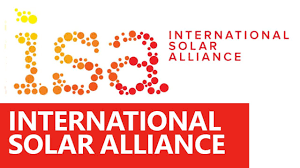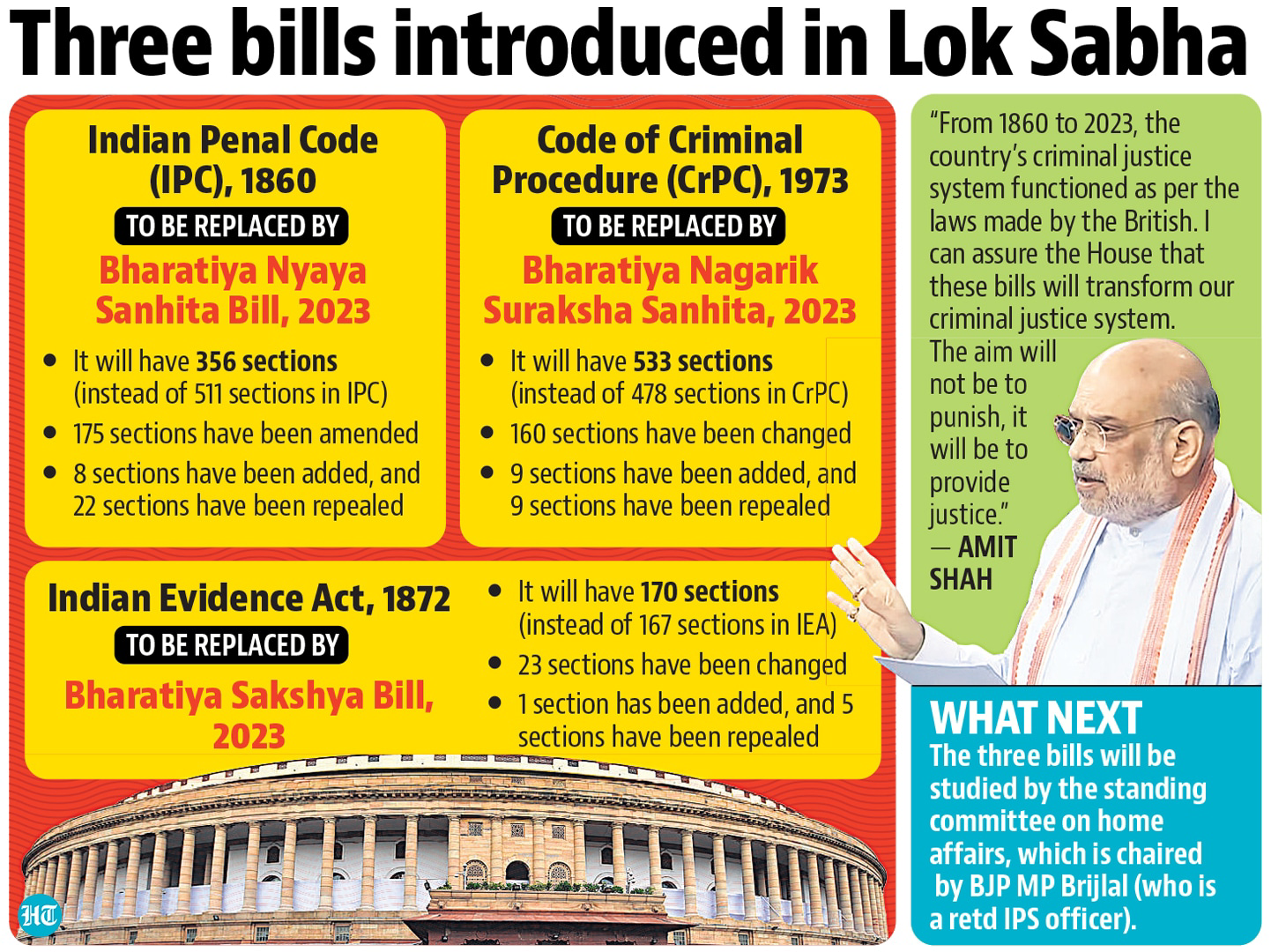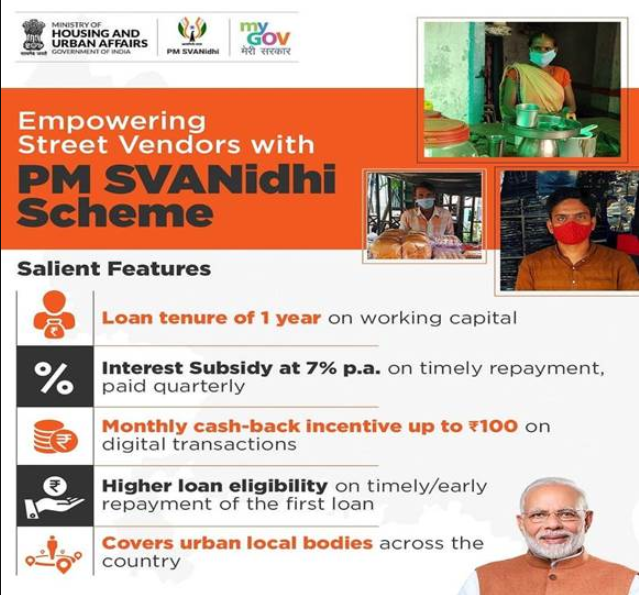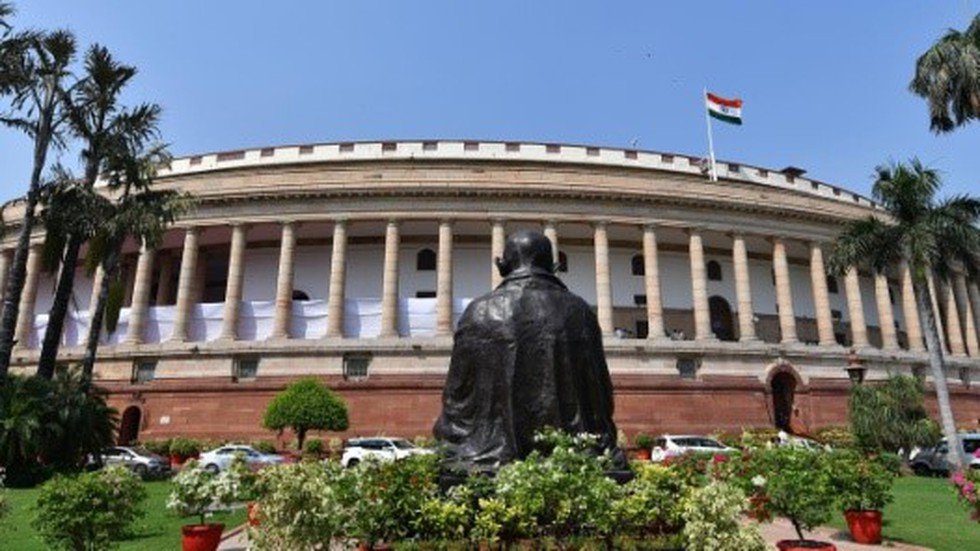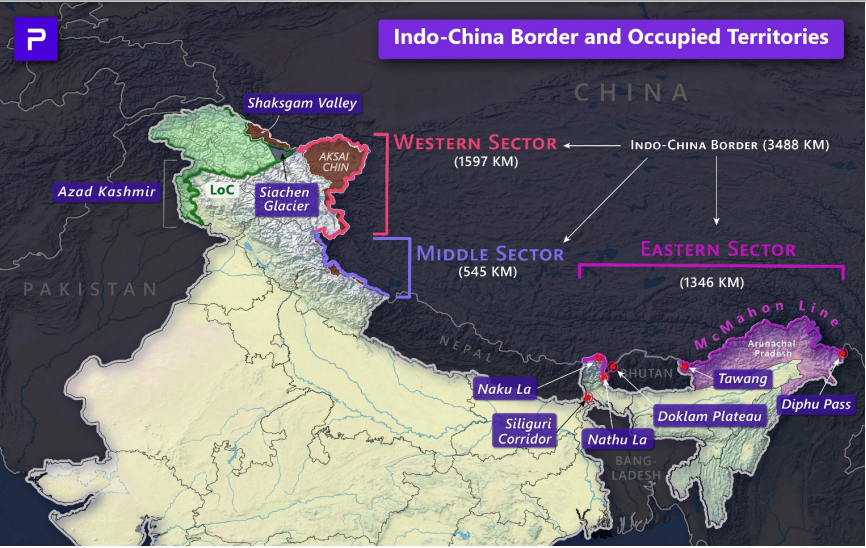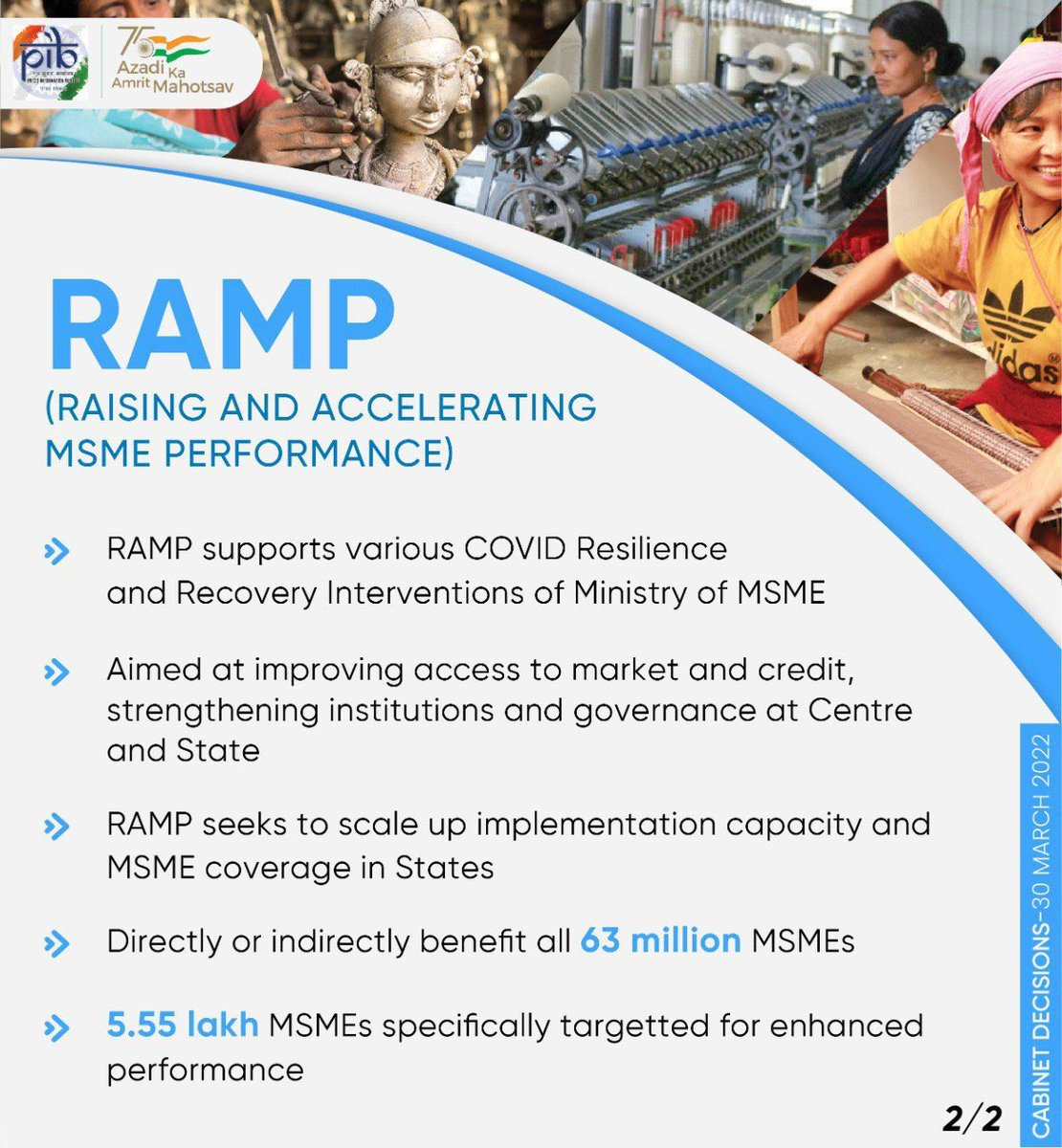
Medical Device Sector
Subscribers of "Current Affairs" course can Download Daily Current Affairs in PDF/DOC
Subscribe to Never Miss an Important Update! Assured Discounts on New Products!
Must Join PMF IAS Telegram Channel & PMF IAS History Telegram Channel
- Context (PIB | TOI): The GOI launched the MedTech Mitra platform to empower India’s MedTech innovators and Advance Healthcare Solutions.
Medical Device Sector in India
- It consists of large multinationals and small and medium enterprises (SMEs).
- It is a multi-product sector with the following broad classifications:
- Electronics Equipment
- Implants
- Consumables and Disposables
- In Vitro Diagnostics (IVD) reagents
- Surgical Instruments
- It was recognised as a Sunrise Sector of India under Make in India Campaign of 2014.
- The current market size of the medical devices industry in India is estimated at ~90,000 Cr, and its share in the global medical device market is estimated to be 1.65%.
- The US dominates the global market with a 40% market share, followed by Europe and Japan at 25% and 15%, respectively.
- India is Asia’s 4th largest medical devices market after Japan, China, and South Korea.
|
- The medical device sector remained largely unregulated till 2017, when Medical Device Rules 2017 were framed by the Central Drugs Standard Control Organisation (CDSCO – MoHFW).
Issues with the Medical Device Sector in India?
Inconsistent Regulations
- Complex regulatory environment.
- Manufacturers must navigate inconsistent regulations that use varying standards and wordings, making it difficult to understand and comply with the requirements.
Research and Development Struggles
- Adopting cutting-edge technologies such as artificial intelligence, cloud computing, and robotics is still limited in the Indian medical device sector.
- These technologies help companies overcome R&D, production, and distribution issues.
Import Dependency
- India relies heavily on imports for medical devices, which leads to high import bills and adds to the cost of healthcare.
Limited Access to Capital
- Access to funding is a critical challenge for medical device startups in India, as investors are often reluctant to invest in a sector with a long gestation period and regulatory uncertainties.
MedTech Mitra
- It will help young talents give the final shape to their research and help them get regulatory approval.
- Nodal Ministry: Ministry of Health & Family Welfare (MoHFW).
Need for MedTech Mitra
- Import Dependence: India’s MedTech sector is highly import dependent, measuring up to 80%.
- Sunrise Sector: Due to the developments in sectors like Robotics, AI, Big Data, Virtual Reality, and NanoTech, the medical device sector is changing rapidly.
- Universal Healthcare: The Indian medical devices sector has an enormous potential to become self-reliant and contribute towards universal health care.
- COVID: The medical device sector’s contribution has become even more prominent as India supported the domestic and global battle against the COVID-19 pandemic. India produced medical devices and diagnostic kits like ventilators, RT-PCR kits, and PPE kits on a large scale.
- Orderly Growth: It is expected to facilitate orderly growth of the medical device sector to meet the public health objectives of access, affordability, quality and innovation.
- Vikshit Bharat: Encouraging domestic investments and production of medical devices complements the GOI’s ‘Atmanirbhar Bharat’ and ‘Make in India’ programs.
Steps Taken by the GOI to ensure the growth of the sector
- Production Linked Incentives (PLI): The GOI has launched PLI Schemes for medical devices with financial incentives worth $456 million to boost domestic production.
- Development of Medical Devices Parks: New Medical Devices Parks are upcoming in HP, UP, MP and TN to create a robust ecosystem for medical device manufacturing.
- Policy Support: The National Medical Devices Policy enables strong collaborations to boost the medical devices ecosystem.
- MedTech research policy and MedTech research incentive scheme: R&D Policy fosters interdisciplinary collaborations to develop translational skills and start-up ecosystem.
- The Quality Council of India (QCI) and the Association of Indian Manufacturers of Medical Devices (AiMeD) launched the Indian Certification of Medical Devices (ICMED) 13485 Plus scheme to undertake verification of the quality, safety and efficacy of medical devices.
National Medical Devices Policy, 2023
Vision
- To provide an accelerated growth path with a patient-centric approach.
- To emerge as the global leader in the manufacturing and innovation of medical devices by achieving a 10-12% share in the expanding global market.
- Policy is expected to help the Medical Devices Sector grow from $11 Bn to $50 Bn by 2030.
Mission
- Policy lays down a roadmap for accelerated growth of the medical devices sector to achieve the following missions, viz,
- Access & Universality,
- Affordability,
- Quality, Patient Centred & Quality Care,
- Preventive & Promotive Health, Security,
- Research and Innovation and Skilled workforce.
Strategies to Promote the Medical Device Sector
- Strategies will cover six broad areas of policy interventions:
1) Regulatory Streamlining
- To enhance the ease of doing research and business, a Single Window Clearance System for the Licensing of Medical Devices will be implemented.
- Improving the Role of Indian Standards and designing a coherent pricing regulation will be followed.
2) Enabling Infrastructure
- The establishment and strengthening of large medical device parks and clusters equipped with world-class common infrastructure facilities near economic zones.
- State Governments and Industrial collaboration for better convergence and backward integration with the medical device Industry.
3) Facilitating R&D and Innovation
- The policy envisages promoting R&D in India and complements the proposed National Policy on R&D and Innovation in the MedTech Sector.
- It aims to establish Centres of Excellence in academic and research institutions, innovation hubs, ‘plug and play’ infrastructures, and support for start-ups.
4) Attracting Investments in the Sector
- The policy encourages private investments, a series of funding from Venture Capitalists, and Public-Private Partnerships (PPP).
5) Human Resources Development
- Leveraging the available resources in the Ministry of Skill Development and Entrepreneurship for skilling, reskilling and upskilling of professionals in the medical device sector,
- Supports dedicated multidisciplinary courses for medical devices in existing institutions.
- Partnership development with foreign academic/industry to develop medical technologies.
6) Brand Positioning and Awareness Creation
- Creating a dedicated Export Promotion Council for the sector to deal with market access issues.
- Initiate studies and projects to learn from the best global manufacturing and skilling practices.





![PMF IAS Environment for UPSC 2022-23 [paperback] PMF IAS [Nov 30, 2021]…](https://pmfias.b-cdn.net/wp-content/uploads/2024/04/pmfiasenvironmentforupsc2022-23paperbackpmfiasnov302021.jpg)
